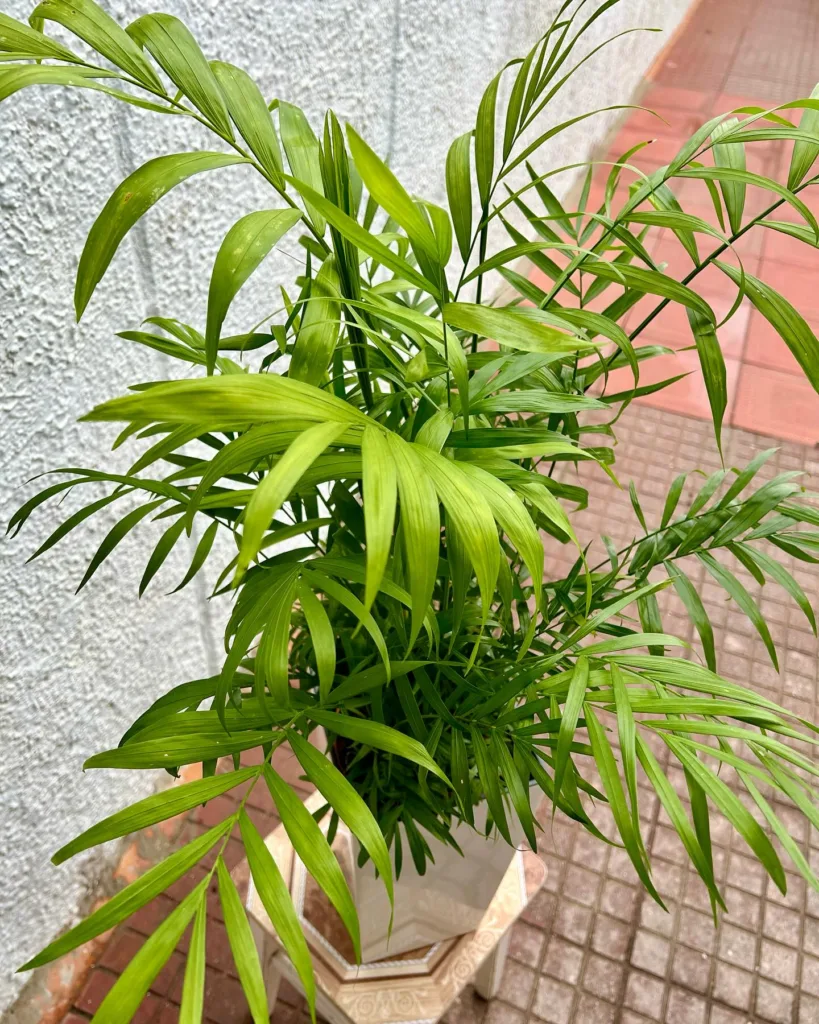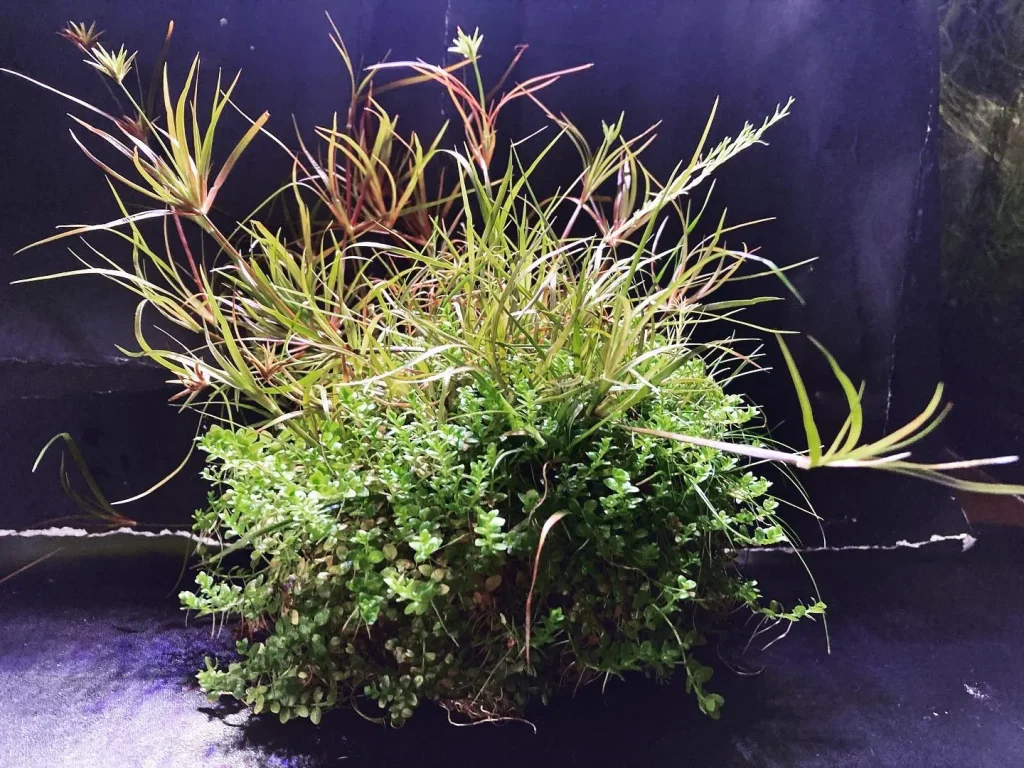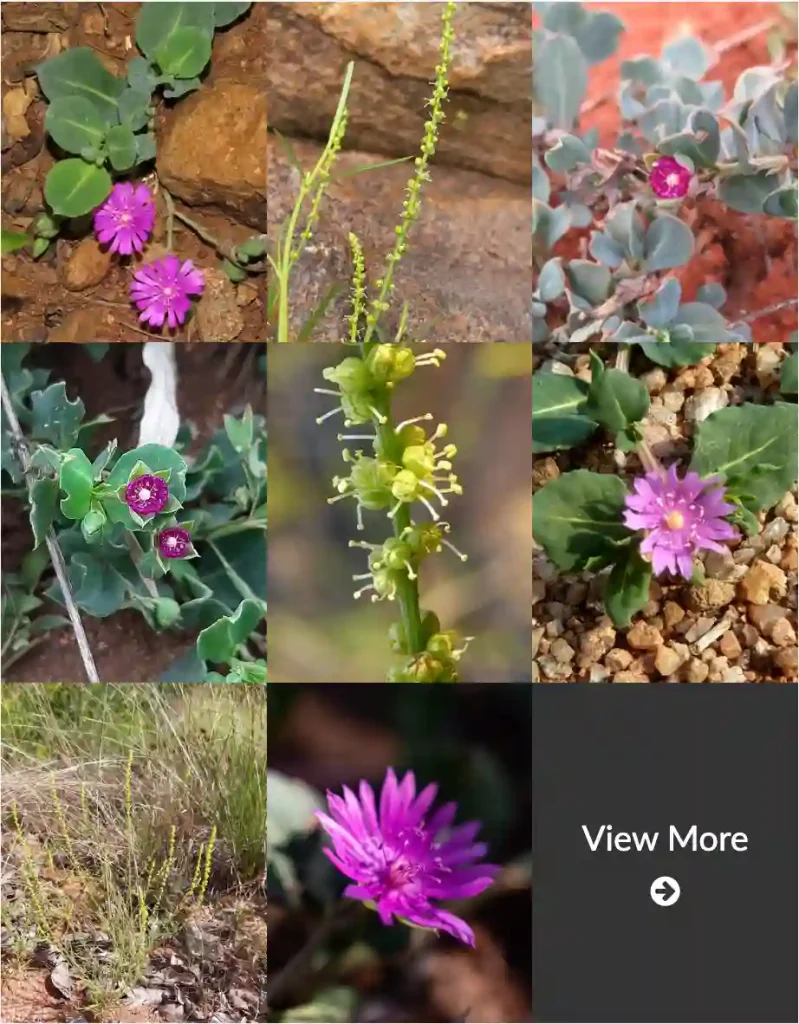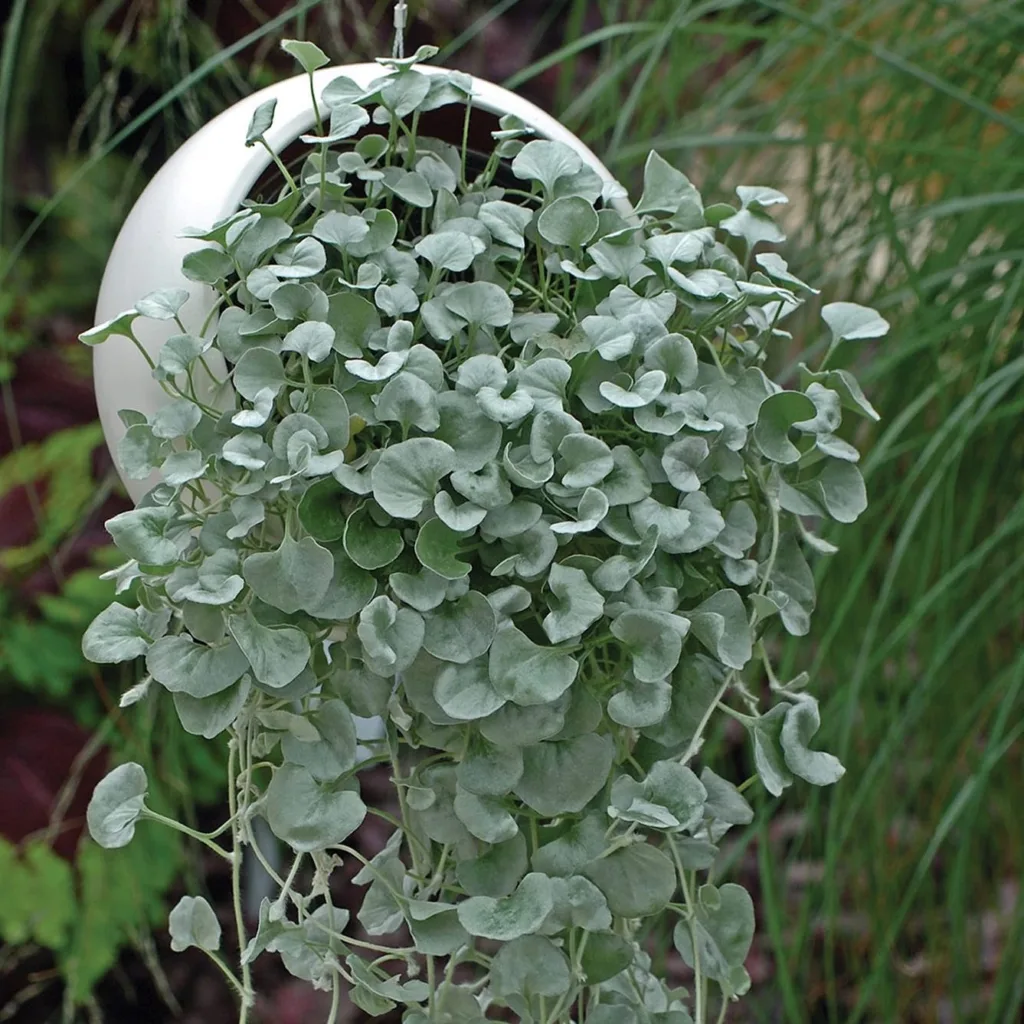Exploring the Blandfordiaceae Family: My Journey with Blandfordia
The plant world is filled with fascinating and diverse families, and the Blandfordiaceae family, albeit small, has captivated my attention for its beauty and uniqueness. Known for its striking Blandfordia genus, this family holds a special place in the world of botany. My journey with these plants has been as enriching as it has been eye-opening. Let me share my insights, experiences, and the allure of the Blandfordiaceae family.
Discovering the Blandfordiaceae Family
The Blandfordiaceae family is a lesser-known plant family with its roots firmly planted in Australia. The family is home to only one genus, Blandfordia, and contains just four species. Although small in numbers, Blandfordiaceae plants are undeniably fascinating due to their striking appearance and rarity. The plants in this family are often referred to as “Christmas bells” due to the bell-like shape of their flowers and their tendency to bloom around the holiday season.
The Blandfordiaceae family thrives in the temperate regions of New South Wales and Tasmania, where they prefer well-drained soils and can often be found in coastal heathlands. While these plants are less common in cultivation than more popular flowering plants, their distinct beauty and resilience in specific climates make them a botanical treasure worth exploring.
Blandfordia: The Star of the Family
As the sole genus in the Blandfordiaceae family, Blandfordia takes center stage. This genus includes four species: Blandfordia grandiflora, Blandfordia nobilis, Blandfordia punicea, and Blandfordia cunninghamii. Each species is unique, but they all share the iconic bell-shaped flowers that earned the plants their common name. Here’s a closer look at these species.
Blandfordia grandiflora
Blandfordia grandiflora, also known as the “large Christmas bell,” is the most widely recognized species in the genus. I’ve had the opportunity to observe this plant firsthand, and its tall stems and bright, tubular flowers make it a standout in any landscape. The vibrant red and yellow flowers can reach up to 6 centimeters in length, attracting pollinators like birds and bees. In my experience, Blandfordia grandiflora thrives best in well-drained soils and benefits from regular watering in the summer months.
Blandfordia nobilis
Blandfordia nobilis, commonly known as the “noble Christmas bell,” holds a special place in Australian culture. Its flowers are slightly smaller than those of Blandfordia grandiflora but are equally stunning, featuring deep red to orange petals with a yellow interior. These flowers typically bloom in the summer and provide a beautiful splash of color to natural landscapes. From my perspective, Blandfordia nobilis is a low-maintenance plant, making it a great addition to native Australian gardens.
Blandfordia punicea
Blandfordia punicea, or the “Tasmanian Christmas bell,” is native to Tasmania and differs slightly from its relatives. The flowers of this species are darker, often displaying a rich crimson color with purple hues. This plant thrives in colder climates, which gives it an edge over other Blandfordia species when grown in higher elevations or cooler regions. Based on my observations, this species prefers moist, peaty soils and can be a bit more challenging to cultivate, but its striking flowers are well worth the effort.
Blandfordia cunninghamii
The least known of the four species is Blandfordia cunninghamii. This species is found in more limited areas of New South Wales and tends to grow in sandy soils. While I haven’t had as much personal experience with this plant, it’s reputed for its smaller, more delicate flowers compared to the grandiflora and nobilis varieties. Despite its more modest appearance, Blandfordia cunninghamii is a beautiful example of the adaptability of the Blandfordiaceae family.
Growing and Cultivating Blandfordiaceae Plants
In my experience, cultivating Blandfordiaceae plants can be a rewarding challenge. These plants are hardy in their native environments but can be sensitive to changes in climate and soil conditions. For those looking to grow Blandfordia species outside of their natural habitat, ensuring proper soil drainage and mimicking the plant’s native coastal heathland conditions is key. I’ve found that adding sand to the soil mix helps with drainage, and keeping the plants in partial sunlight allows them to thrive.
The Christmas bell plants are not typically grown as houseplants due to their size and specific growing requirements, but they make excellent additions to outdoor gardens in temperate regions. Given their relatively slow growth and specific climate needs, I would recommend Blandfordia species to more experienced gardeners or those who enjoy the challenge of growing rare and unique plants.
The Role of Blandfordiaceae in Ecology
One of the most intriguing aspects of the Blandfordiaceae family is its role in the ecosystem. The bell-shaped flowers are perfectly designed to attract bird pollinators, particularly honeyeaters, which play a crucial role in the plant’s reproductive cycle. The relationship between these plants and pollinators is a prime example of ecological co-evolution, where plant structure and animal behavior adapt to benefit one another.
As a gardener and plant enthusiast, I’ve always found this interdependency fascinating. It’s a reminder that even the smallest plant families, like Blandfordiaceae, have an important role in maintaining biodiversity and ecological balance.
Final Thoughts on Blandfordiaceae
The Blandfordiaceae family may be small, but it has left a big impression on me. Whether it’s the elegant beauty of the Blandfordia flowers or their ecological significance, these plants are truly a hidden gem in the botanical world. As I continue my exploration of different plant families, I will certainly keep an eye on the Christmas bell plants and their unique contributions to both horticulture and ecology.
For those who are curious about adding a touch of Australia to their gardens, Blandfordia species might just be the perfect choice. While they require some attention and care, the reward of seeing their stunning flowers in bloom makes it all worthwhile.
If i die, water my plants!



